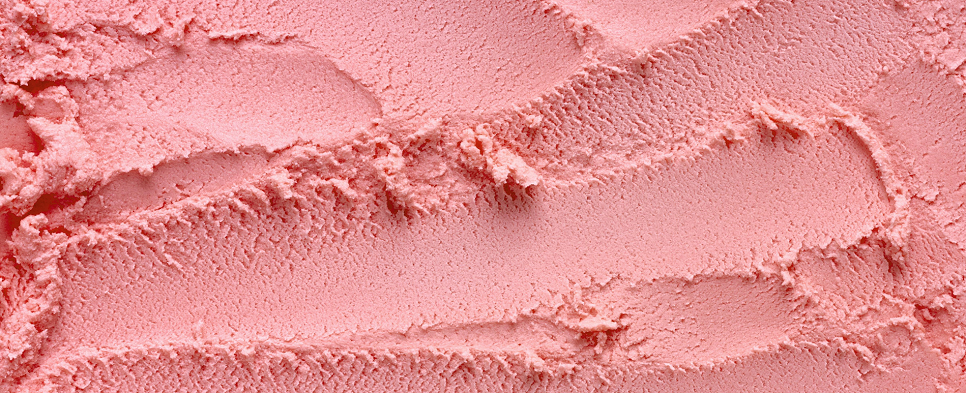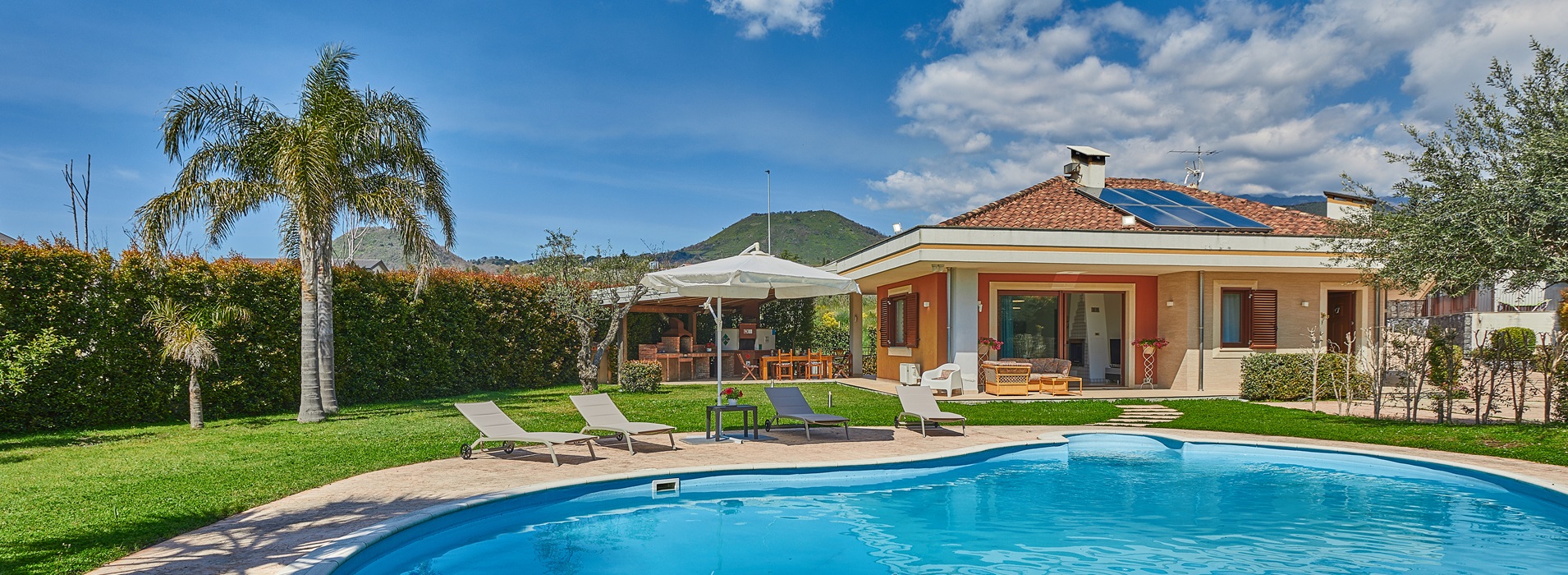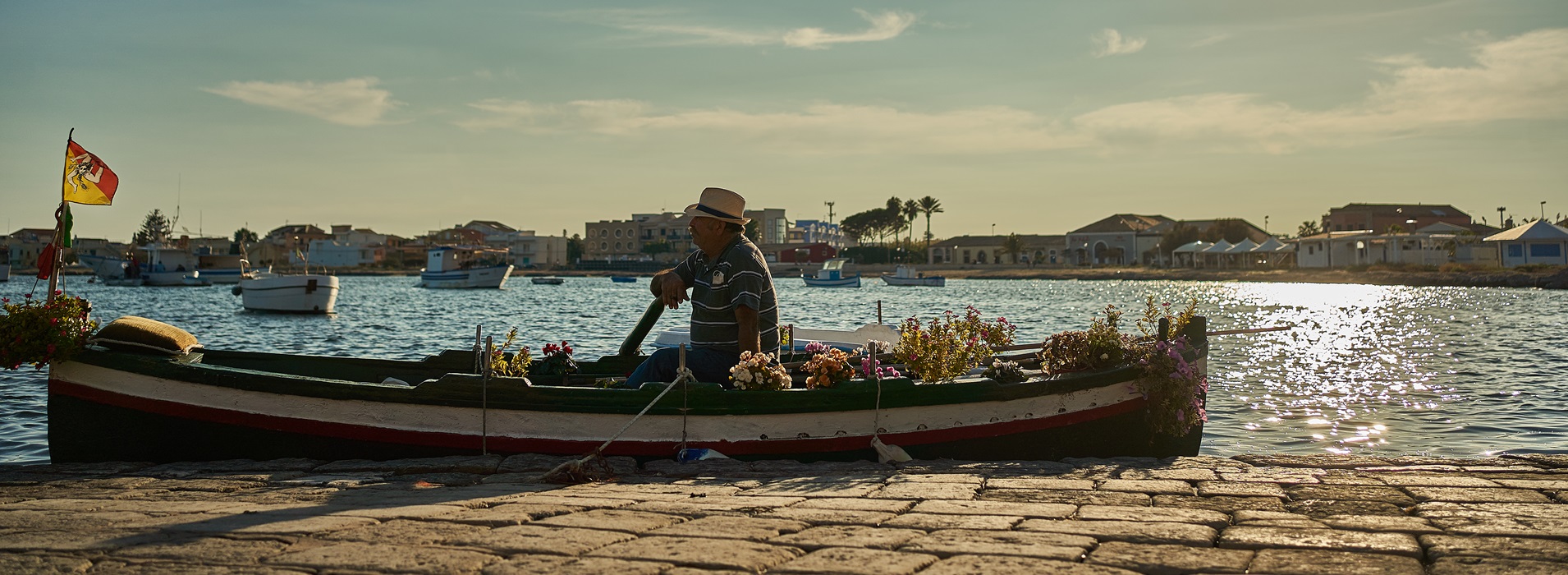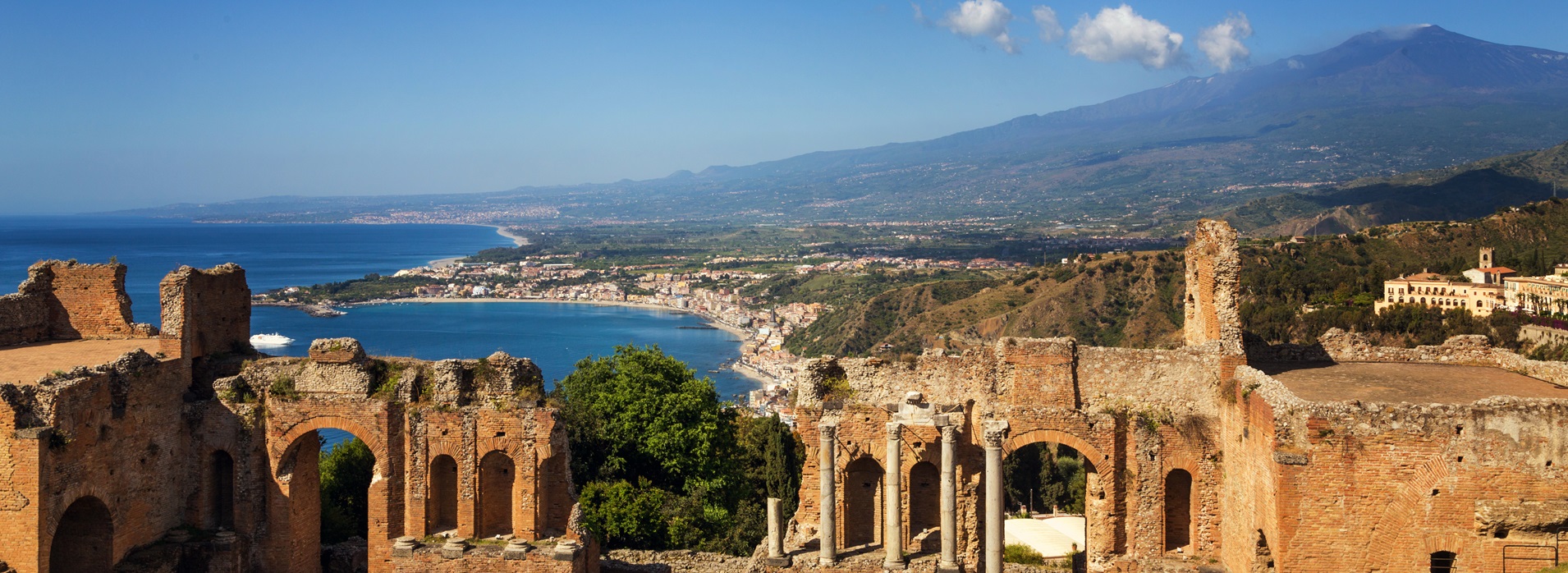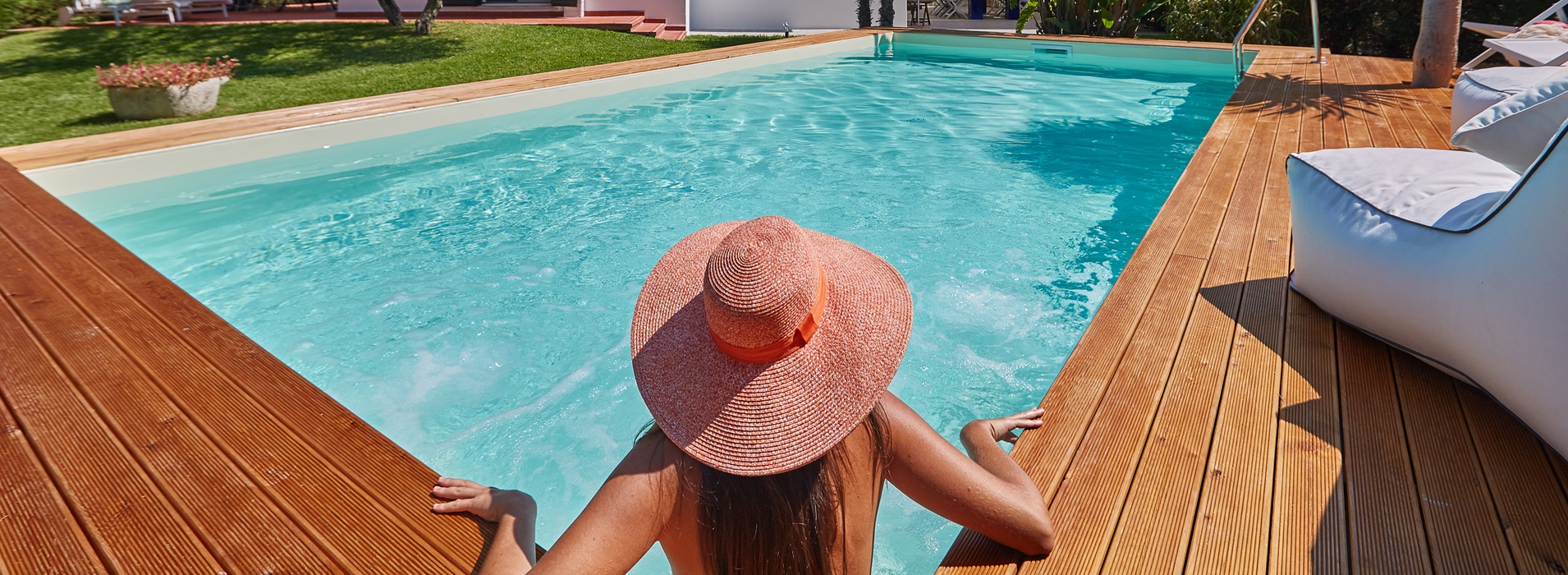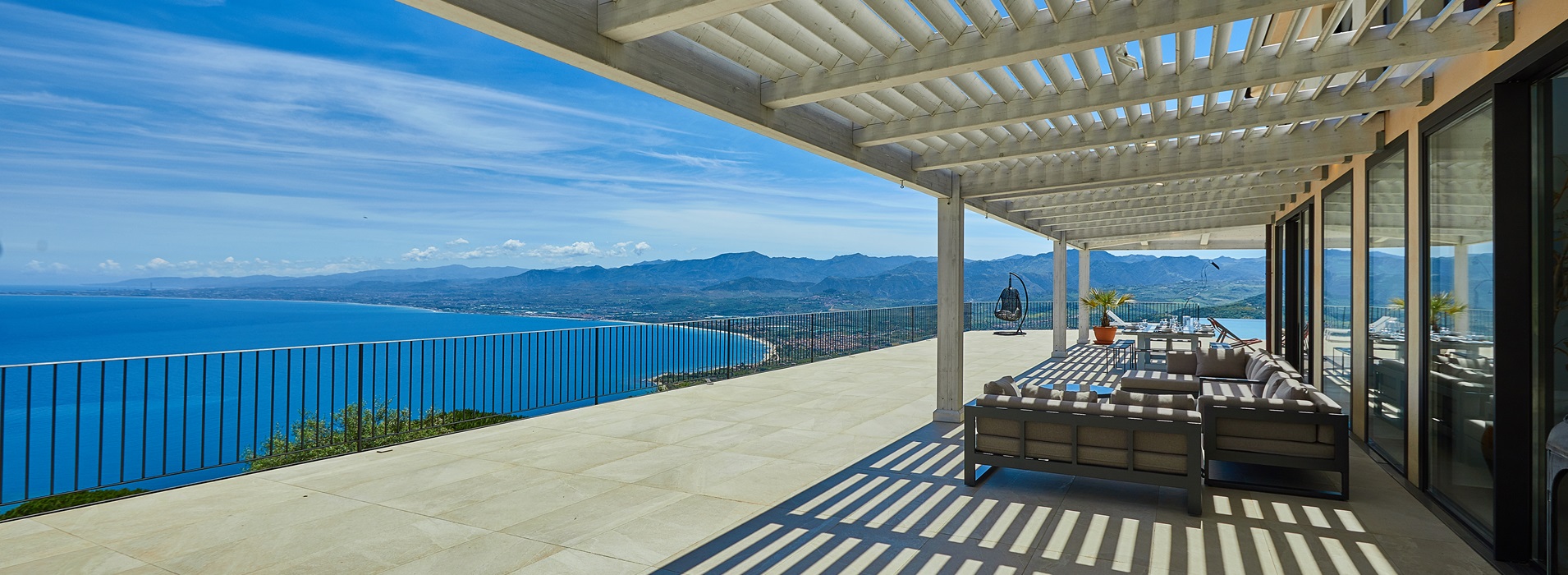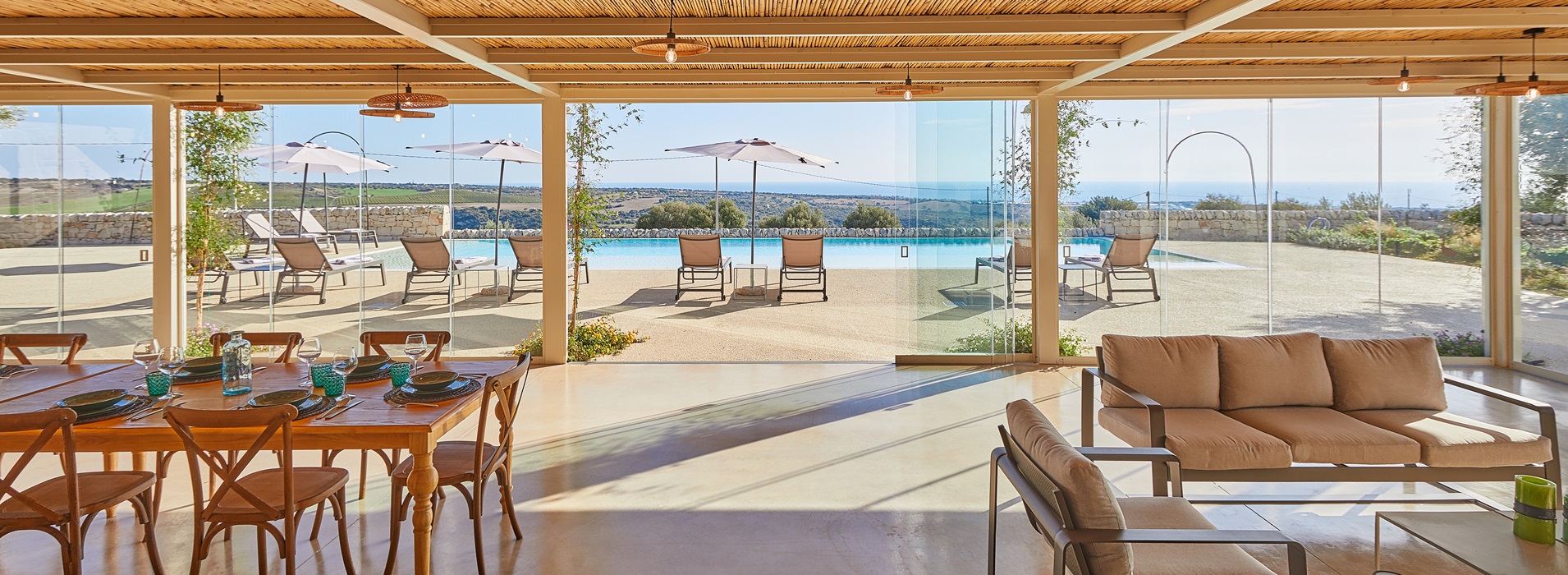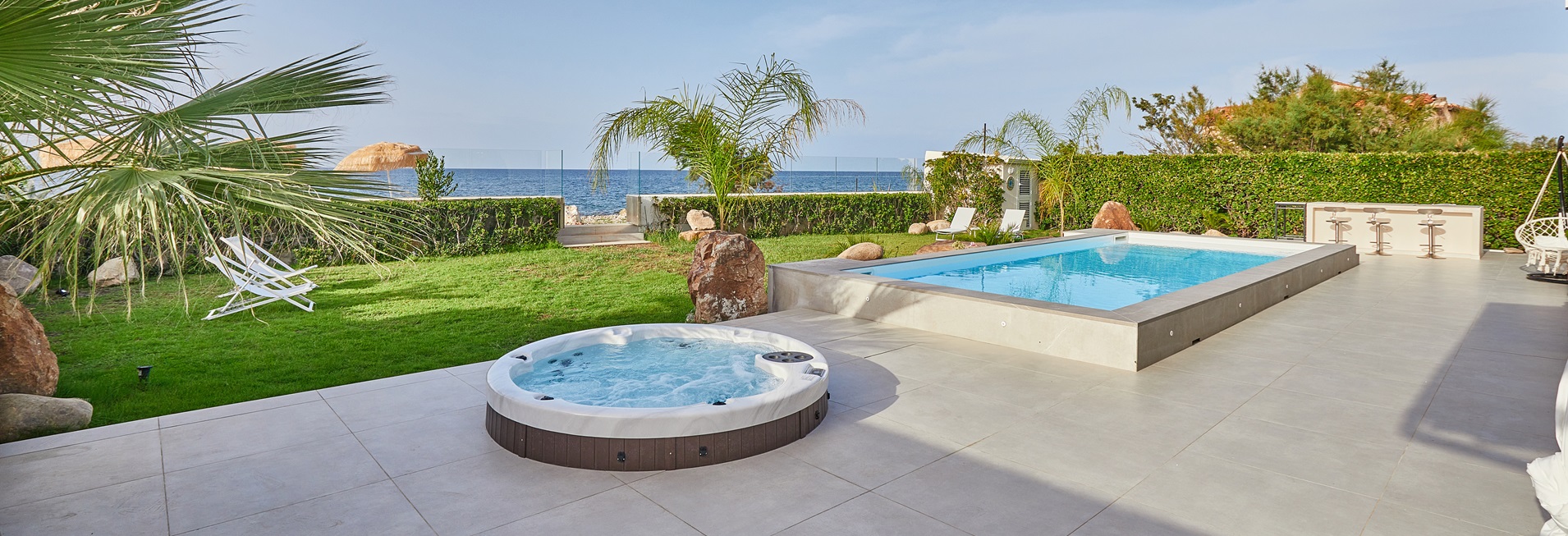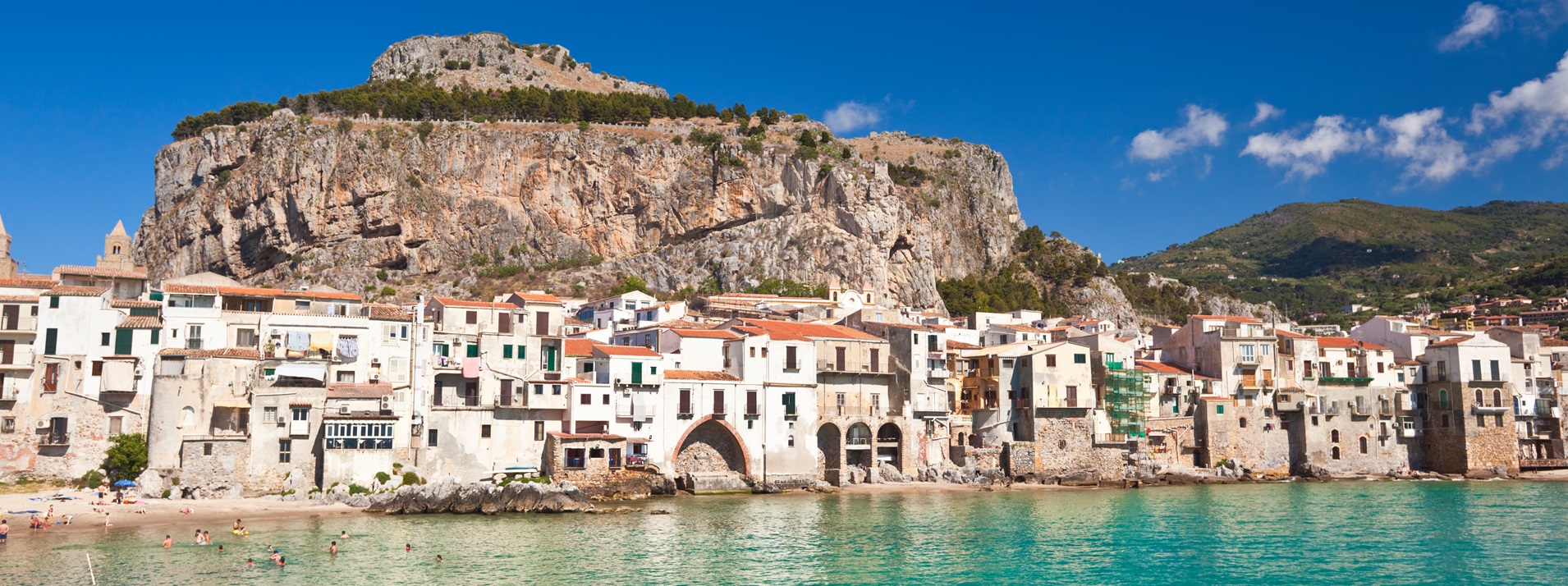All about gelati in Sicily
As temperatures soar across the UK, Italy, France and Spain, one thing we can be sure of is that ice-cream sales will rocket. In fact even the thought of stepping into a gelateria is soothing in these sweltering temperatures.
Disappointing as it may be, the truth is that eating ice-cream doesn’t actually cool you down. Despite its initial cooling effect, once our body’s metabolism kicks in to break down the nutrients in the ice-cream, our body temperature starts to rise again. And the bigger the ice-cream and higher calorie content, the bigger the effect on our temperature. In fact your body has more chance of cooling down with a spicy curry – no prizes for guessing which we’d prefer to eat on our evening ‘passeggiata’!
However, here in Sicily, ice-cream – or rather gelato – is deep-rooted into our lifestyle. Yes, in Sicily, summer breakfast is synonymous with a buttery brioche either oozing with a fat smear of creamy hazelnut gelato or served alongside a refreshing lemon granita. Not sure about gelato for breakfast? See if you feel differently when you’ve found out more about what’s on offer.
What’s the difference between ice-cream and gelato
While you may think of ice-cream and gelato in the same breath, the two are quite different. Unlike ice-cream, gelato – which literally means ‘frozen’ – is made with a higher proportion of whole milk to cream and is generally egg-free. The way that each are made is also slightly different, with gelato churned at a slower speed than ice cream, resulting in a denser consistency.
Then, of course, there are the multiple variations on a theme. A simple gelato-filled cone can be hard to beat but we’re also very fond of our fruit-based dairy-free granite. However, it doesn’t stop there – get ready for further temptations in the form of ice-cream cake, semifreddo (semi-frozen dessert), dome-shaped tartufo or a spumone, a multi-layered and multi-coloured ice-cream dessert.
How to find the best gelato
If you’re staying in for a week, there’s a limit to how many gelati you can fit in, so you won’t want to waste a single one! A good gelateria will, naturally, make all their own gelato (look out for the sign ‘fatto a casa’ or ‘gelati artigianali’) and will use only the best ingredients. During the summer, plump for seasonal fruits such as peach or watermelon, and avoid strawberry ice-cream in winter. While your natural reaction may be to seek out-of-the-way places, some of the best gelaterie may be in the busiest places. Gelateria Fiordilatte on the spectacular Piazza Duomo is a must for anyone holidaying in Syracuse.
The history of gelato and granita
There are numerous theories about the history of gelato but one thing’s for sure, it’s been around for a while! One historical document refers to a Greek poet, who lived in Athens around 500BC, discussing the preparation of refreshing drinks with lemon, honey, juice and either snow or ice. Pliny the elder also speaks of using the snow from Etna and Vesuvius.
What does seem likely is that Italians – and, in fact, a Sicilian – introduced gelato to the rest of Europe. When a Palermitan restauranteur, Francesco Procopio dei Coltelli, opened his Parisian café, Le Procope, in 1694, he offered coffee, chocolate and a frozen dessert that was an instant hit with celebrities and intellectuals. Its popularity quickly spread across Europe.
Granita, however, is distinctly Sicilian. Neither a gelato nor a sorbet, this frozen treat is made from sugar, water and other flavourings that have been frozen, then shaved. Its tradition goes back 4,000 years when 100km long round trips were made to get snow and ice to cool the royal drinks. In the Middle Ages, Sicily’s ‘nivaroli’ (ice collectors) carried Mount Etna snow down the mountain side to sell on to fellow Sicilians but it was the Arab conquest of Sicily in the 9th century that introduced sweetness in the form of sugarcane and lemons for flavour. The resulting sorbet was the forerunner to today’s unique granita.
Pick a flavour
Not surprisingly, Sicily packs its gelato and granita with locally grown produce, with flavour-popping results. The traditional granita flavours are lemon, almond, pistachio, peach and mulberry but you’ll also find watermelon, cinnamon and fig. When it comes to gelato, again you’ll find all the traditional flavours, but you’ll get plenty of opportunity to veer slightly off-centre and go bold with flavours such as ‘ricotta e pera’ (ricotta and pear) or cheesecake.
Where can I find the best gelato and granita in Sicily?
Iconic masters of Sicilian gelato include Corrado Assenza at Caffe Sicilia in Noto where you’ll find a tempting blend of tradition and innovation amongst the ice-creams and delicious cakes and pastries. Caffe Cipriani n Acireale features a mouth-watering range of sweet treats while in Palermo, top spots include Cappadonia Gelati, run by award-winning Antonio Cappadonia, and Il Signor di Carbognano where the almond parfait is a heavenly scoop of Bonajuto dark chocolate topped with caramelised almond flakes.
Staying near Cefalù? You may well want to pop over to Palermo for a Street Food tour and a gelato but don’t miss one of the town’s most popular foodie experiences, the amazing ice cream at L’Angolo delle Dolcezze gelateria.
